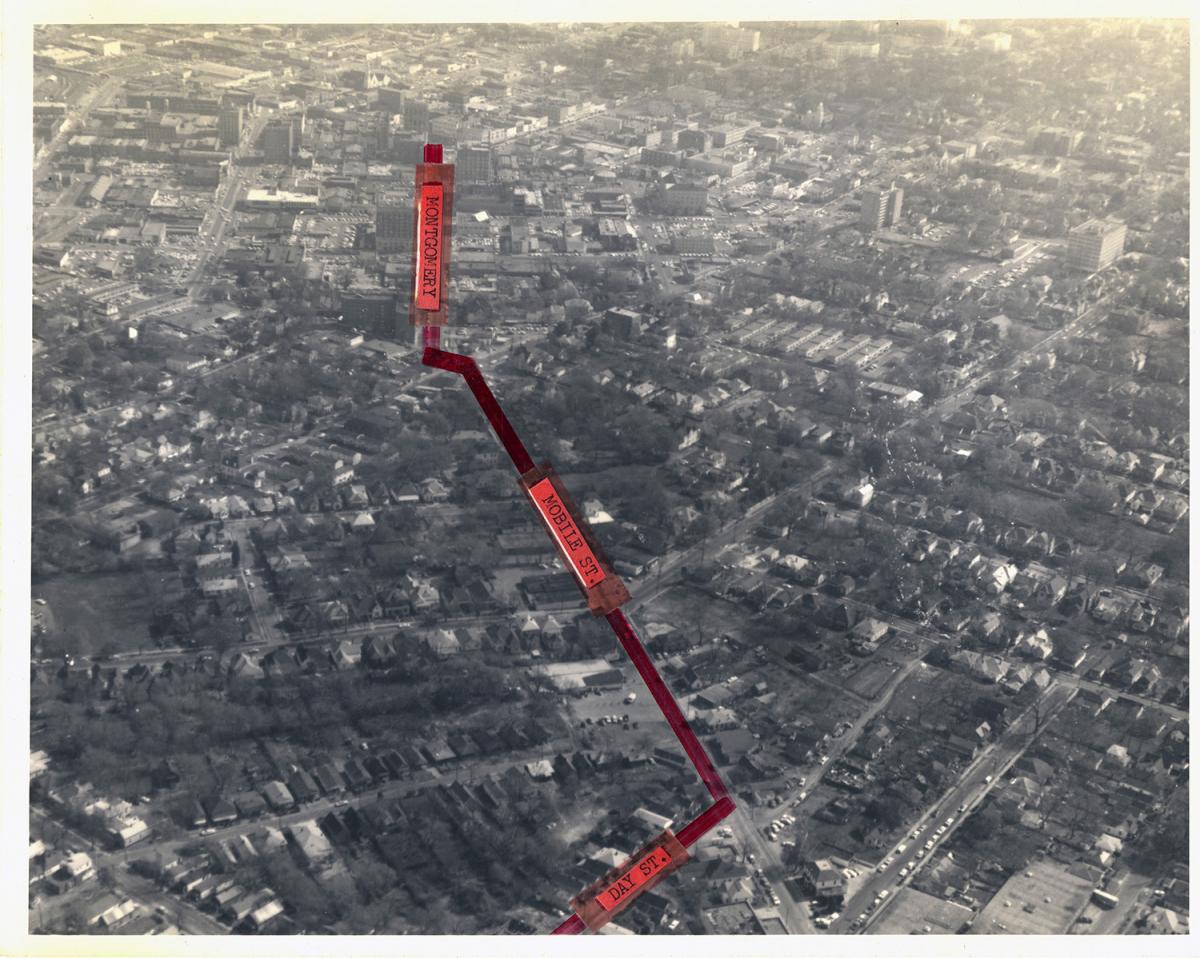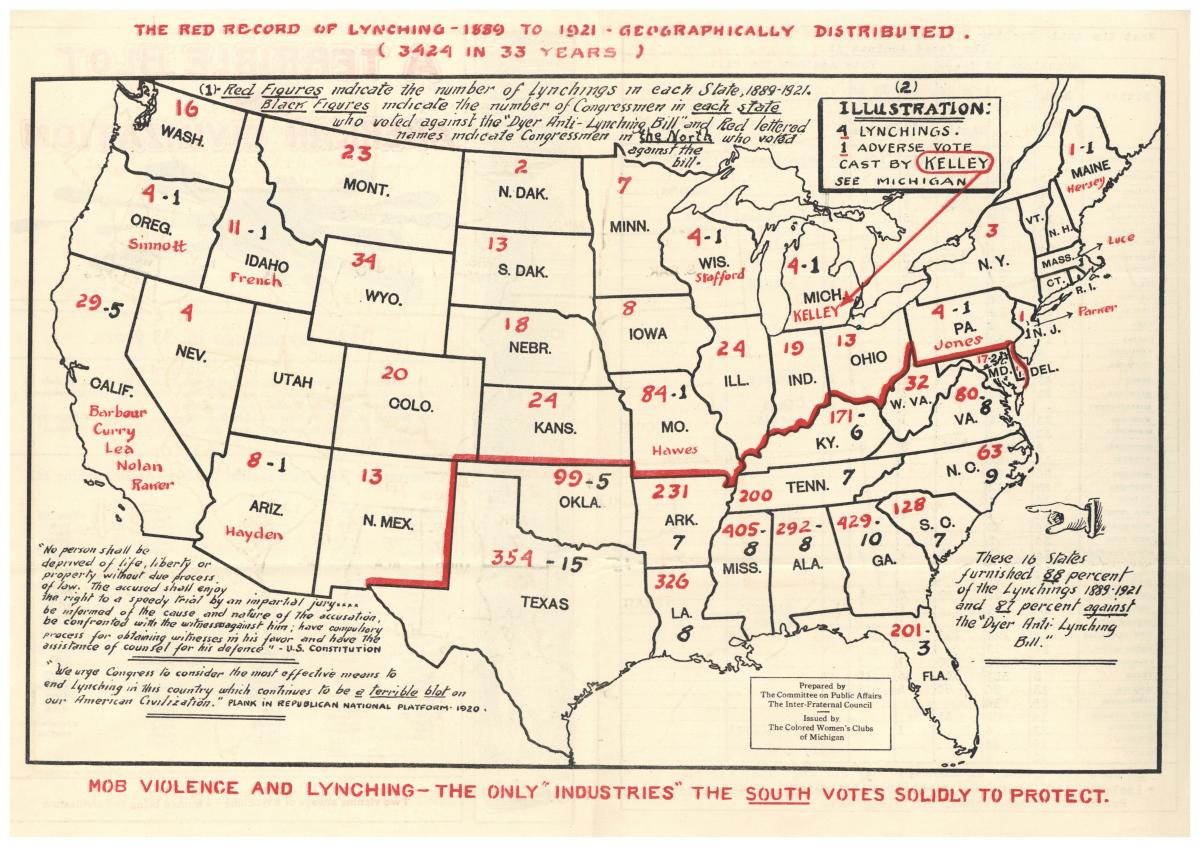
Pandemic Telework Project Sparks Increase in Black History Records Accessibility
Victoria Macchi | National Archives News
WASHINGTON, July 9, 2020 — There are few silver linings to living through a pandemic.
For more than 5,000 records held by National Archives related to Black history, though, the burst of teleworking time has translated to a project that is making it easier for researchers to find resources, and for the public to contribute to improving access to those documents.
The idea to mine the records for documents related to Black history wasn’t new to archives specialist Netisha Currie or supervisory archivist Tina Ligon. They had worked on earlier pushes to make African American records more accessible in recent years.
What changed, though, was the availability of staff members. With the COVID-19 pandemic shuttering Federal facilities, Currie and Ligon could offer a project to employees whose usual work involves being physically on site: unable to do their usual duties of pulling and refiling records in the stacks, they shifted to a new mission of finding and tagging records. The process makes the documents in the National Archives Catalog more easily accessible and searchable. Tagging records adds descriptive keywords, allowing users to identify records related to a particular topic or event, which then become searchable; it also aggregates records with the same tag to create a list of results in the Catalog.
“It was good to finally have a bright side to the quarantine,” Currie said, speaking of the team’s focused work on the project, which was done in collaboration with the agency's African American employee affinity group, Say it Loud! With thousands of records in the Catalog in need of tagging and transcribing, “how much longer would it have taken otherwise?"
As the team continued tagging through the beginning of the summer, protests over systemic racism and racial injustice ramped up around the United States, following the death of George Floyd in Minneapolis police custody. The National Archives has a wealth of records related to civil rights and race relations, which could provide valuable historical information as people around the country engage in a dialogue on these topics. The project also prompted a spin-off, when the newest Citizen Archivist mission, focused on African American history, went live in June.
“There’s so much to do. Hopefully this timing will start opening up people’s perspectives on what records are prioritized,” Currie said.
Currie and Ligon created seven themed African American history portals, with 30 subjects under those; they include Black Power (example: records related to the FBI's "Rabble Rouser Index"), World War I, Education, Segregation (example: a lawsuit seeking nonsegregated use of a Texas beach), and Voting Rights, inspired in part by annual Black history themes curated by the Association for the Study of African American Life and History. They began giving the first project assignments out in March and April. By the end of June, a team of 14 employees had tagged 5,078 records, including documents related to Martin Luther King, Jr., John Lewis, Shirley Chisholm, and Angela Davis.
That original project, in turn, created a new trove of documents that the National Archives’ Citizen Archivist team could offer to volunteer transcribers. Run by the agency’s Office of Innovation, the Citizen Archivist program aims to contribute to the Catalog through community-sourced tagging, transcribing, and commenting on records, making them more accessible and searchable. To date, 91 Citizen Archivists have transcribed 971 pages of the records tagged by Currie and Ligon’s team.
The community managers for the Citizen Archivist program, Meredith Doviak and Suzanne Isaacs, noticed the flurry of activity happening in the Catalog. They connected with Currie and Ligon to create the new Citizen Archivist mission, a constantly changing, topic-driven transcription project that relies on public contributions. They had organized previous batches of transcriptions for African American, Native American, Asian American, and Hispanic American records.
"As a result of what they're finding, we can take the newly identified records and make sure people transcribe them, so every word becomes searchable," Isaacs said.
Doviak further explained the importance of the transcribing and tagging missions.
“We have 116 million digitized pages in the Catalog. Since NARA's holdings are so vast, and the Catalog is growing every week, transcribing/tagging helps make access to the records better. It can help narrow down searches and help people find what they are looking for,” Doviak said. “It also gives subject matter experts the opportunity to contribute their knowledge, as a way to capture their expertise.”
The newly tagged records have also yielded two recent blog posts by National Archives staff members on the Rediscovering Black History Blog: Freedom Summer, 56 Years Later and Portal Spotlight: Civil Unrest and the Red Summer. (Additional Freedom Summer and Red Summer records are searchable through the portals created by the team.)
Benjamin Petersen, Director of Digital Partnerships and Outreach, within the Office of Innovation, noted that continuing efforts of both citizen archivists and National Archives staff members are critical to increasing accessibility to records about this very important topic in American history.
“The records are there—we have them in our stacks, and in our Catalog,” Petersen said. “But they need so much more information to be added to make them more available to the public, especially when access to the physical records is limited like right now. I’m proud of the contributions NARA employees have been able to make during the pandemic, and we’re all grateful for the continuing contributions of citizen archivists.”
Pamela Wright, the National Archives’ Chief Innovation Officer, said she was also very pleased with the progress made to date, and she praised the efforts of everyone involved in the endeavor.
“I’m very impressed with the collective creativity and effort we’re seeing at the National Archives on this project—our own staff members collaborating with others around the agency and citizen archivists making a very important contribution. These efforts are helping us to make our records more findable and enable us to make access happen,” Wright said.


